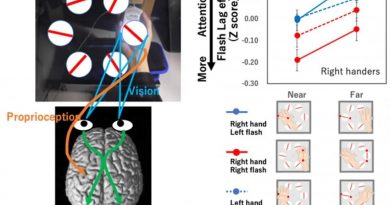Big data helps assess seizure burden, improve outcomes in pediatric epilepsy patients

Researchers at Children’s Hospital of Philadelphia (CHOP) have demonstrated how to use standardized reporting of clinical data for seizures caused by a variety of neurological disorders, providing fundamental baseline information that can determine what methods work best for keeping seizures under control. The findings were published today in the journal Epilepsia.
In order to make improvements in epilepsy care, clinicians need a reliable and efficient method to measure outcomes. While Electronic Medical Records (EMR) are being used more frequently for research and quality improvement, important epilepsy outcome measures such as seizure frequency or quality of life are not documented in a standardized way that enables researchers to process large-scale data on the subject.
To help standardize how clinical data is recorded for epilepsy visits, the team at CHOP began using common data elements (CDEs) to ensure that relevant data is captured in a comparable way across studies and clinical visits. In this study, the researchers assessed the results from using CDEs in routine care for pediatric epilepsy over a 12-month period.
“For those of us who treat pediatric epilepsy patients, we are constantly trying to assess how we’re doing and how we can improve outcomes for our patients,” said Mark P. Fitzgerald, MD, Ph.D., a pediatric neurologist in the Division of Neurology at CHOP and first author of the study. “This study provides us with fundamental data that will serve as the foundation for how we treat our patients and inform how we achieve the best patient-centered outcomes possible.”
The researchers looked at almost 1,700 visits by more than 1,000 individual patients with childhood epilepsies. The study covered a period of approximately one year, with visits conducted by 32 different providers across the CHOP Network. Overall, 43% of patients had at least one seizure a month, 17% had at least one seizure each day, and 18% of patients were free of seizures for at least one year. The most common epilepsy syndromes were Childhood Absence Epilepsy, Lennox-Gastaut Syndrome, and Dravet Syndrome. The researchers were able to quantify the absolute seizure burden as well as changes in seizure burden over time and the differences between syndromes.
Additionally, because this study was conducted as the COVID-19 pandemic began, the researchers assessed the use of telemedicine to record this information. They found that patients had comparable seizure frequencies whether assessed in-person or via telemedicine. The study also found that patients identifying as Hispanic or Latino, particular from areas with lower median household incomes, were more likely to have ongoing seizures that worsened over time.
Source: Read Full Article



